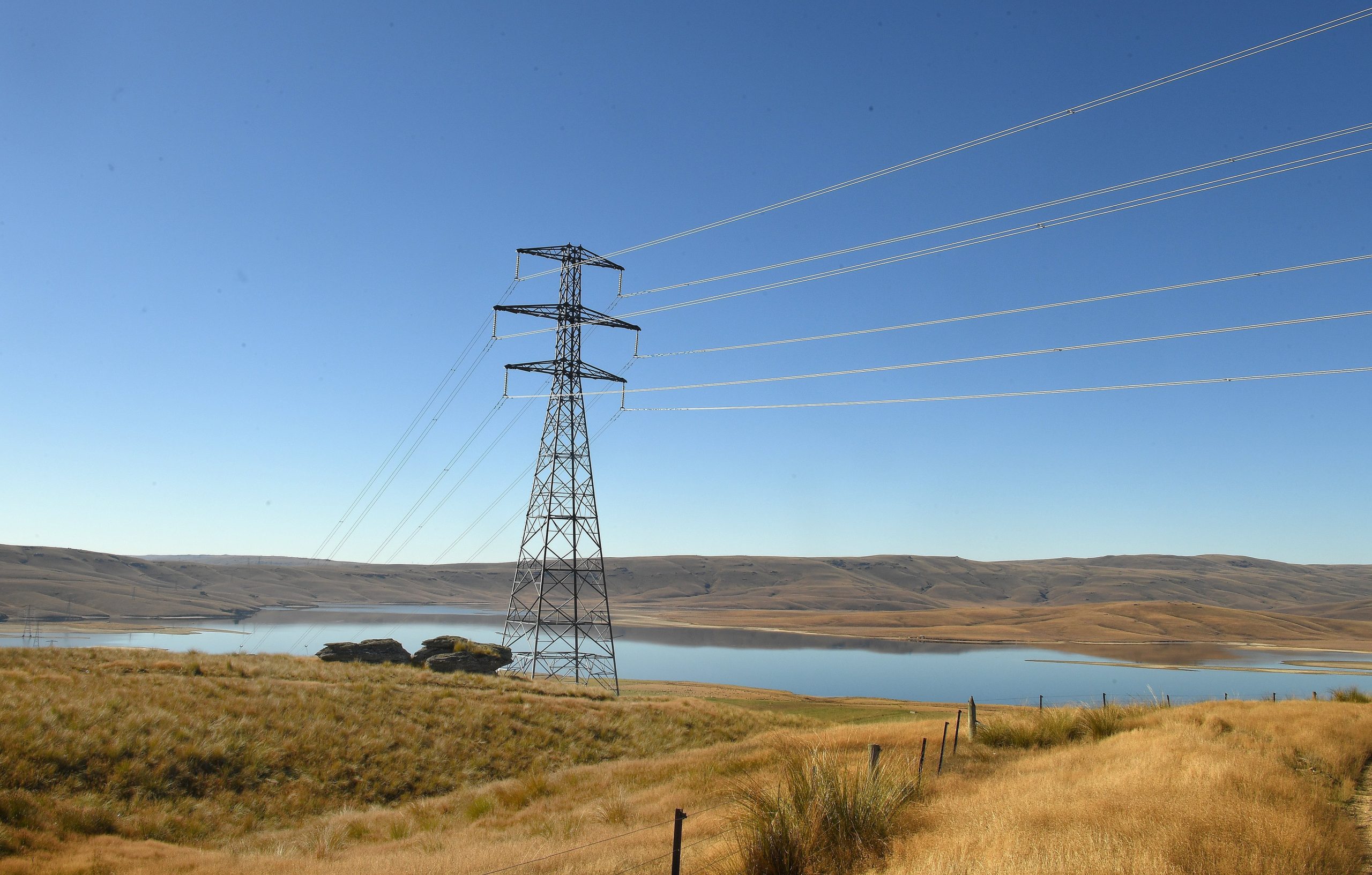Lake Onslow meets six ‘‘critical requirements’’ necessary for a large-scale pumped hydro scheme, early investigations reveal.
The NZ Battery Project is a $100 million government scheme investigating solutions to low hydro catchments and the need to burn fossil fuels to generate electricity to cover the shortfall.
A pumped-hydro scheme at Lake Onslow, 20km east of Roxburgh, is touted as a solution for the country’s dry-year electricity woes — but it comes at a cost.
It would require a trade-off against environmental, social and cultural values, according to a recent report to Cabinet.
In the report, Energy and Resources Minister Megan Woods said investigations were ongoing, but any technical barriers to the development and operation of the proposed scheme at Lake Onslow were yet to be identified.
Findings to date found Lake Onslow met key factors, with the lake containing enough elevated water storage for the projects upper reservoir, and the surrounding land strong enough to support the building of a dam.
The capacity for electricity generation was large, Dr Woods said.
‘‘The various tunnel options could support up to 1500MW, with up to six turbines/pumps of 250MW each. For comparison, New Zealand’s largest hydro plant is Lake Manapouri, with installed capacity of 850MW. Huntly power station has a total installed capacity of 953MW.’’
Nearby existing national grid infrastructure checked off another important requirement, with state-owned Transpower confirming a pumped hydro scheme could integrate into the national grid by connecting to nearby high-voltage lines.
The Clutha River was also sufficiently lower in altitude to Lake Onslow, with enough water to pump from, and had suitable tunnel and lower intake options, the report said.
‘‘The feasibility study is narrowing down the most feasible intake and tunnel locations. There are some prospective locations for a lower water intake along the Clutha River/Mata-Au both upstream and downstream of the Roxburgh dam, each with their own practical and geological risks to manage.’’
However private interests and environmental challenges needed to be be managed as Lake Onslow was also an important cultural, social and landscape asset, Dr Woods said.
Impact studies identifying how these might be affected by the development of a pumped hydro scheme were ongoing.
‘‘Many of the features of Lake Onslow that present environmental and social challenges are the same features that make it technically attractive for developing a pumped hydro scheme — for example, an elevated basin, close to an existing water source.
‘‘These challenges speak to inherent trade-offs necessary when developing large-scale hydro assets.’’
Lake Onslow was a ‘‘highly regarded’’ location for local anglers, with notably high stocks of brown trout, which were likely to deteriorate with the raising and varying of the lake level that came with a pumped hydro scheme, and electrical infrastructure to support the scheme would visually impact on the ‘‘naturalness and uniqueness’’ of the area’s landscape.
Raising the water levels at Lake Onslow to support pumped hydro would inundate private land, for which the Crown would need to compensate owners.
Lake shapes as suitable for scheme
Initial boxes ticked . . . Lake Onslow, near Roxburgh, meets critical requirements for a large-scale pumped storage hydro-scheme, early investigations reveal. PHOTO: STEPHEN JAQUIERY





